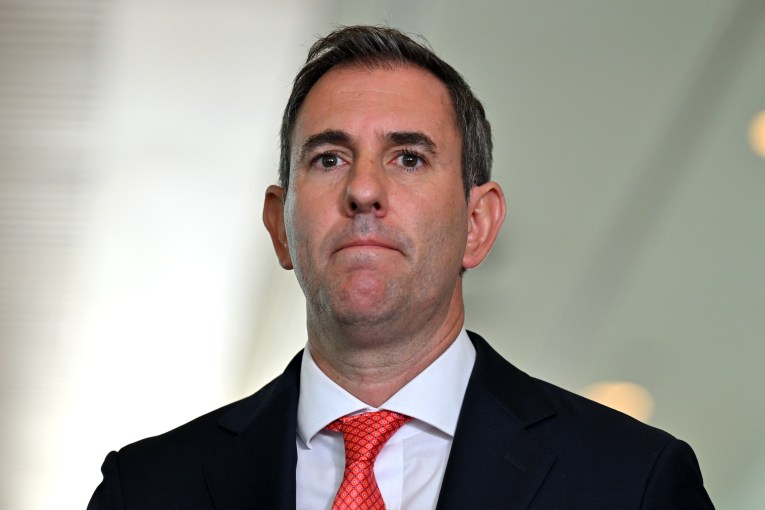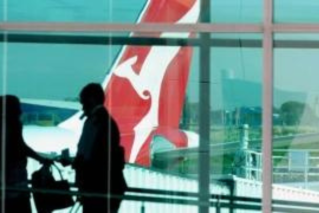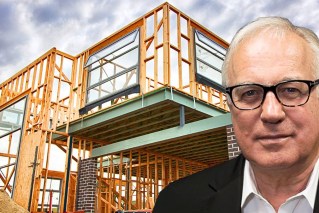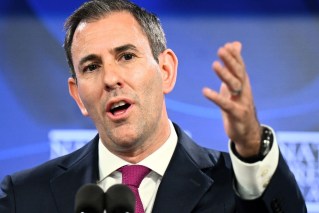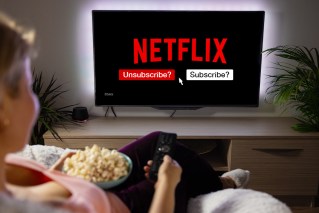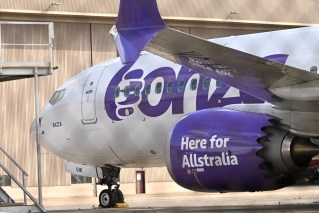Michael Pascoe: Watch what Frydenberg does, not what he says

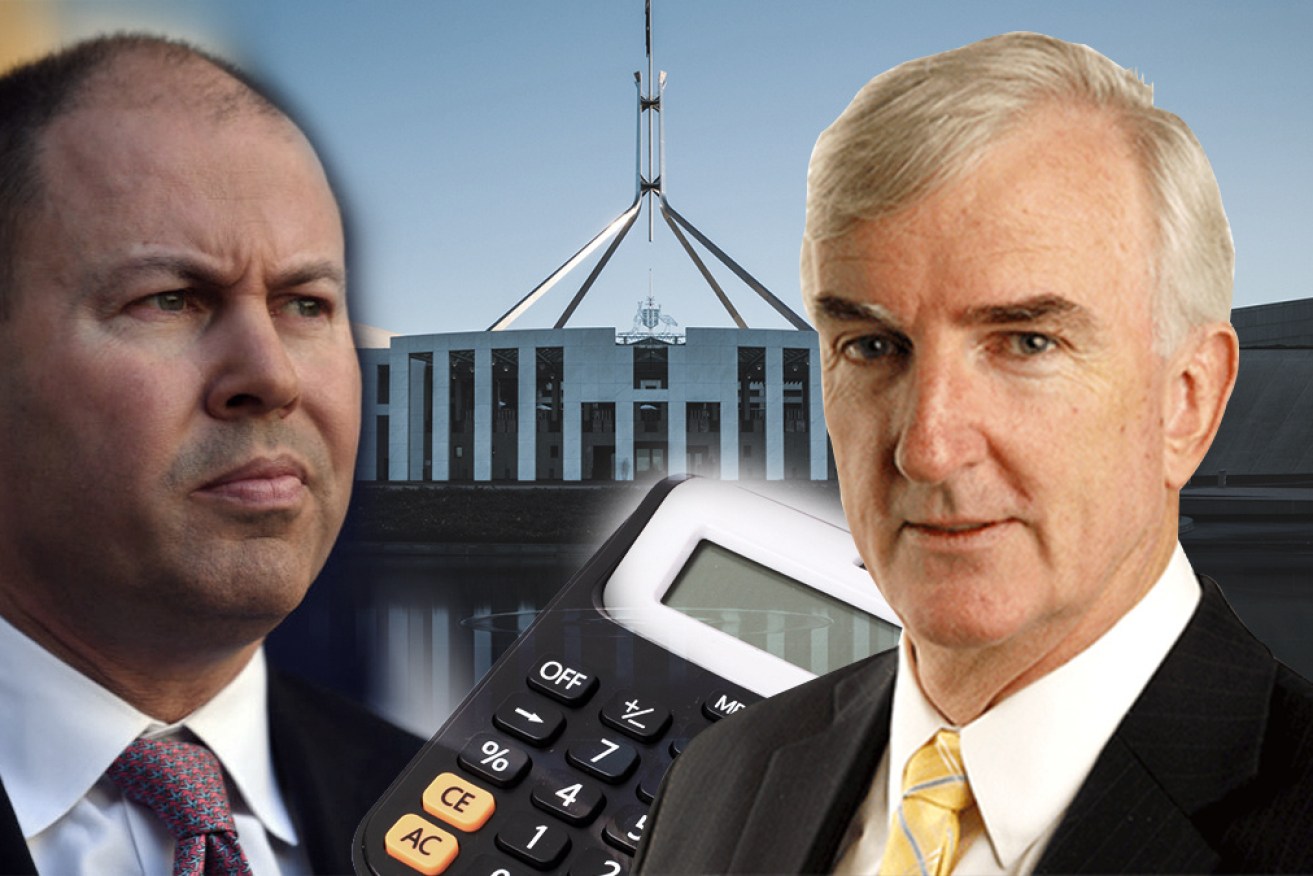
The reality is the government will likely contribute $100 billion less towards economic growth next financial year than this year. Photo: Getty
Budget tip: Josh Frydenberg will announce big tax cuts on Tuesday week – but actually it will be the same extension of a tax cut that he announced in his last budget, the low to middle income tax offset (LMITO).
That’s about the only thing that makes political and economic sense for this government with an election to be held within 12 months.
It explains the direction of Mr Frydenberg’s very successful pre-budget media management over the past 24 hours, but it still doesn’t overcome the fundamental falsehoods of the headlines he managed to spin:
- It won’t be the “big spending” economy-boosting budget as dutifully reported
- Fiscal policy will stop aligning with monetary policy
- We will still have to deal with fiscal contraction despite the talk about concentrating on reducing unemployment first.
It’s always a good idea to pay attention to what federal treasurers do, rather than what they say. That is particularly important when a government’s first priority seems to be media management and deflection.
With the Morrison government in strife over broken vaccination promises, this week has been prime time for “look over there, a puppy!”
The Prime Minister was at it with military photo ops in Darwin, hot on the heels of loyal public servants and ministers stirring the “drums of war” pot and needlessly throwing stones at our biggest trade partner.
Next up on Wednesday night, the Treasurer made the now-standard drop of a well-spun selective preview of his Thursday speech, which was itself chock-a-block with cherry-picked figures and spin.
And it was swallowed without askance.
“Frydenberg aims to spend big to fix jobs and deficit” declared the AFR. “No austerity: Frydenberg to fire up economy in major shift to budget policy” recorded the SMH, and never mind the Murdoch press.
The core fallacy was there for everyone to see (if they thought about it) in the Nine Entertainment metropolitan dailies.
“Mr Frydenberg has overseen the largest budget deficits since World War II, with the 2019-20 shortfall of $85.3 billion to be dwarfed by a deficit of at least $150 billion in the current year,” reported the SMH and Age. “In next month’s budget he is expected to forecast a deficit for 2021-22 of at least $50 billion.”
We won’t know the actual numbers until budget night, but those quoted above will do. Did you see it?
Mr Frydenberg is spinning that he’s delivering a big-spending, job-creating deficit of $50 billion or so.
“Full speed ahead and damn the torpedoes” – or at least the last dozen years of Coalition debt-and-deficit rhetoric.
The $50 billion sounds like a lot of money and it is. But it means that the federal government will contribute $100 billion less towards economic growth next financial year than it is this year.
At the basic level, that’s about 5 per cent of GDP being taken off the table before the year starts – the Morrison government will not be adding to growth next financial year, leaving all the work to the private sector, trusting that the present consumption surge will continue, that consumers’ pent-up demand is sustainable and that those who pocketed extra money during the pandemic will rush to spend it all.
That takes a lot of faith.
“Importantly, fiscal and monetary policy worked in tandem to support our economy,” Mr Frydenberg said of the past year’s effort.
They won’t be from July 1.
And monetary policy is not in a position to offset that fiscal contraction, the way it was trying to before the pandemic hit, when the economy was going downhill in 2019 as Mr Frydenberg chased his budget surplus Holy Grail. The Reserve Bank is already at full speed.
Some of Mr Frydenberg’s fiscal contraction comes from a good thing – our “fiscal stabilisers” working as the economy bounces back from last year’s lows.
The example he was keen to give in various interviews and Thursday’s speech was the budget’s gain from 200,000 more Australians than expected being in work.
That means about $2 billion extra income tax revenue from their wages and $3 billion less being paid out in direct income support – a $5 billion win.
That is a welcome dividend for the good stimulus we’ve employed, but it doesn’t add to growth of itself.
We’ll find out soon enough where the rest of the fiscal contraction is coming from, what spending is being reduced, the extent of the smoke-and-mirrors applied to federal spending on infrastructure.
Mr Frydenberg’s speech repeated his usual mantras but gave no hint of anything concrete.
“The government will continue to pursue a range of reforms and investments to boost productivity and set Australia up for the future,” he said.
“This includes measures to be outlined in this year’s budget in the areas of skills, infrastructure, tax, energy, digital technology and deregulation, to name just a few.
“We are making the necessary investments to seize the opportunities that will set Australia up for the future, create jobs and lift wages over the long run.”
But the government always says that. What does it do? Subsidise fossil fuels and maintain wages suppression policy.
From that base, I can’t see how the Morrison government can spin its way towards an election if it goes ahead with its announced plan to scrap the LMITO, increasing most people’s tax by about $1000. The polls are too close for that.
Mr Frydenberg is likely to count the extension of the existing tax benefit as a new tax cut, as he did in October, and spin it hard.
There was plenty of spin in Thursday’s speech allowed to go through to the keeper. For example, selectively passing off NAB business survey results as if they were actual statistics.
“Business conditions are at their highest on record,” he said. As previously explained here, the NAB survey doesn’t actually mean business conditions are especially high.
“Capital investment intentions for the next 12 months are at their strongest since 1994,” said Mr Frydenberg.
That’s not what the Australian Bureau of Statistics says.
The NAB economics team itself states: “Over the last 10 years, the link between the survey expected capex in 12 months and actual business investment (as reported by the ABS) has not been that strong.”
“Investment in machinery and equipment, like vehicles and harvesters, was up 8.1 per cent in the most recent December quarter data – the largest quarterly increase in nearly seven years,” claimed Mr Frydenberg.
I have no idea where he plucked that figure from – the ABS capex survey wasn’t that strong and, in any event, the base effect of bouncing off the recession low distorts the meaning.
That’s all par for the course – lies, damned lies and statistics – but much has been made of Mr Frydenberg’s rhetoric in adopting the RBA’s much-stated advice that the unemployment rate has to come down to 4-point-something.
Given the political reality of close polls, an election when the impact of this budget will be coming home to roost and the economic reality of sharp fiscal contraction, can anyone suggest he had any choice?
Now, what will he actually do?


